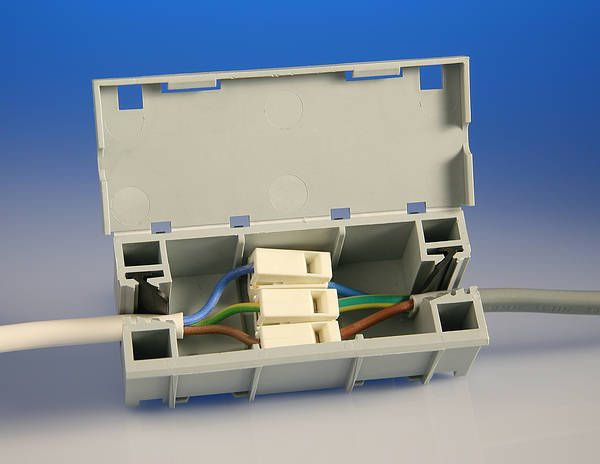I tried to install a chandelier just with the three hole connector supplied but I don’t think this is possible. I believe I connected both reds to the brown of the chandelier, both blacks to the blue and both earths to the earth. However, it tripped the RCD as soon as the dimmer switch was switched on.
Is it possible to wire it just with a three hole connector?
Is it possible to wire it just with a three hole connector?



